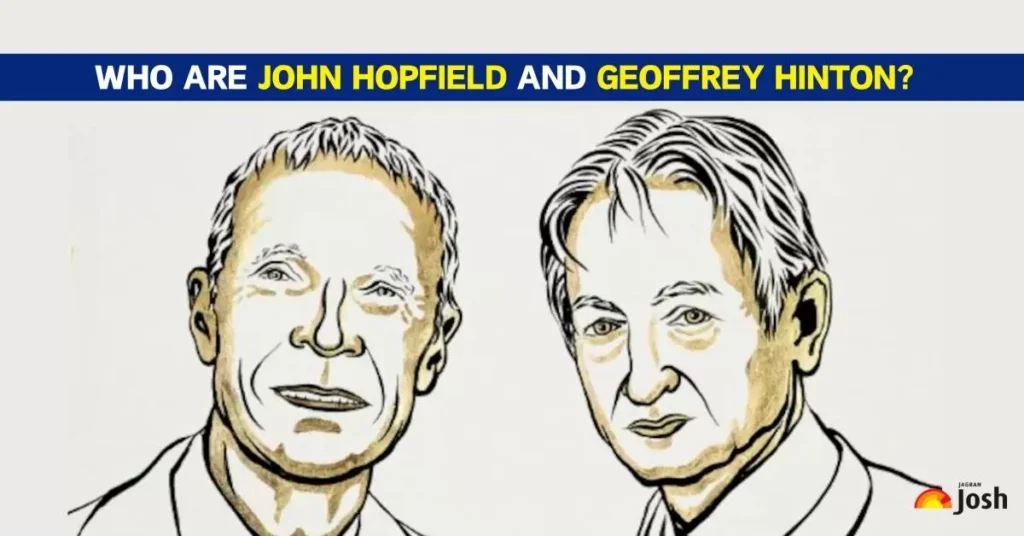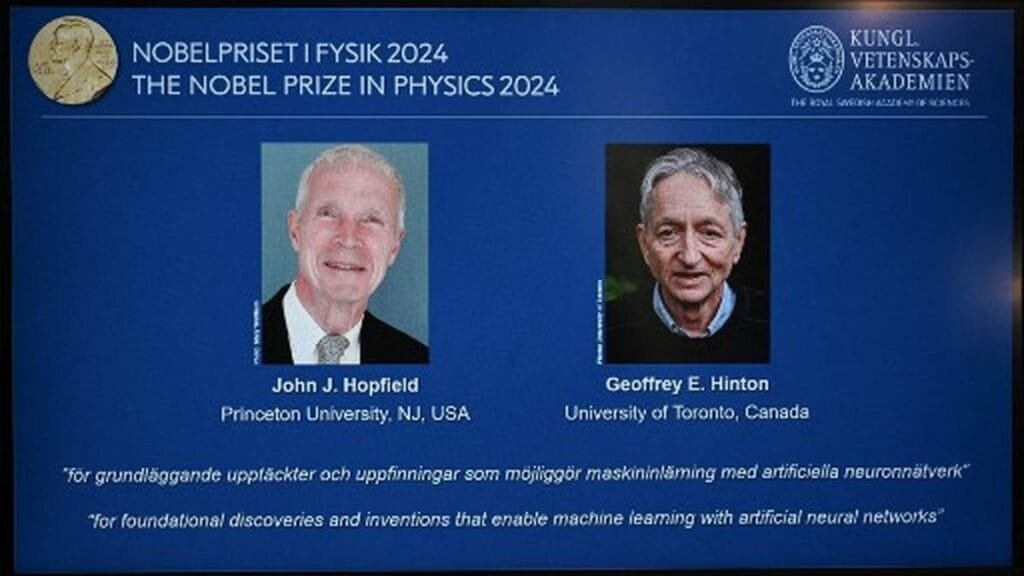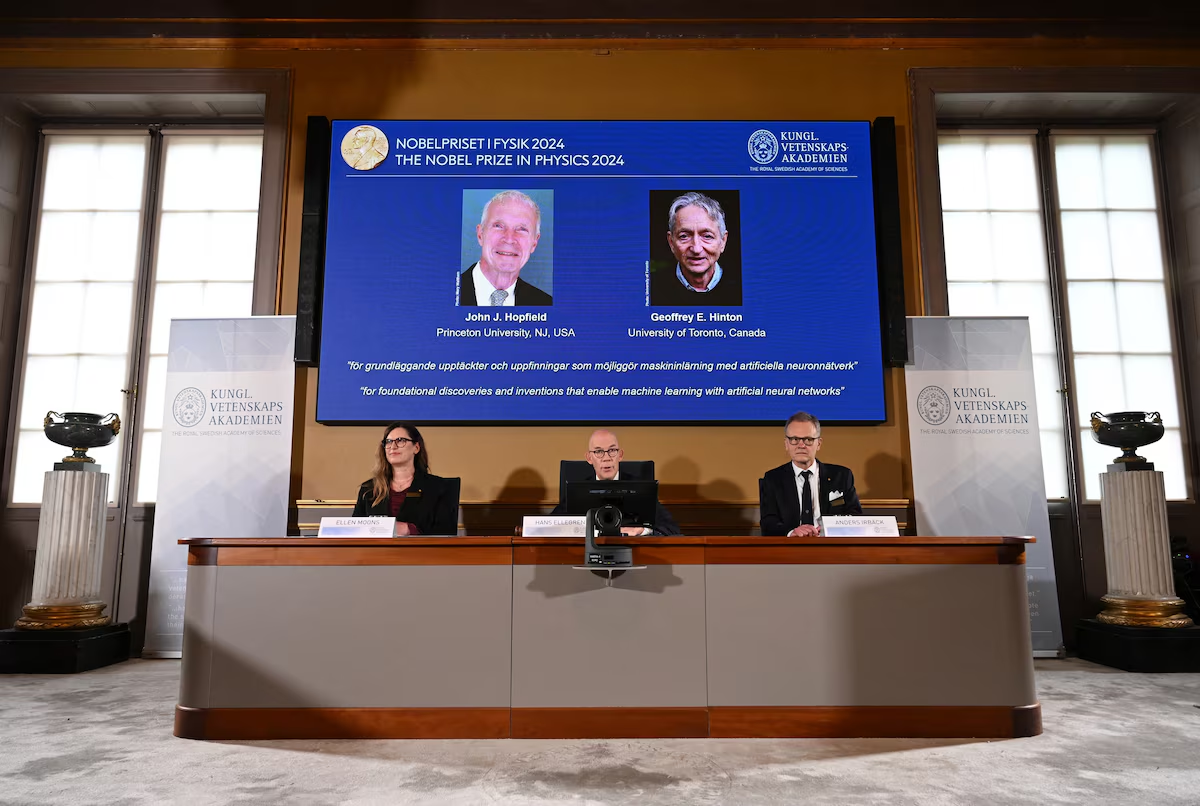The Highlights:
In a historic move, the Nobel Prize in Physics for this year 2024 was awarded to John Hopfield from Princeton University and Geoffrey Hinton from the University of Toronto. Their pioneering contributions paved the way for today’s current machine learning mainly through their work with artificial neural networks. This, in doing so, does not only point out the transformative power of AI in the world as it is today but also how fundamental science could encapsulate both physics and neuroscience together, essentially computer science as well.
A Legacy of Innovation in Artificial Neural Networks
Work by John Hopfield that started in the early 1980s on what has come to be termed the “Hopfield network” was a new insight into how information might be stored and retrieved in networks of nodes interconnected in various ways. He used concepts he drew from physics-particularly that of spin systems-to design a model that could store and reconstruct patterns. This concept was likened to how the human brain memorizes, making this a kind of associative memory that would retrieve information even with incomplete inputs.

Geoffrey Hinton is known as the “Godfather of AI” for his contribution; he furthered such concepts into the Boltzmann machine. Named for the Boltzmann equation in statistical physics, a Boltzmann machine is one of those learning machines that rely on an ability to find characteristic patterns in data, whether it be images or sounds-what’s probably even more exciting-is to generate new data based upon learned patterns. This formed a foundation for later deep learning and neural network advances that were very broadly applied for speech recognition, image analysis, and autonomous systems.
Physics Meets AI
Both winners had turned to combining physics and neuroscience to unravel new computer methods. In other words, their work was describing how principles of physics could be used to tackle problems of information processing. The energy minimization, for example, in the Hopfield model of the network, is based on the principle where physical systems settle to a state of equilibrium. The Boltzmann machine, on the other hand, had probabilistic models that based its behavior on that of the thermodynamic systems.

Applying these concepts, Hopfield and Hinton opened the door to the modern-day world of AI, where neural networks power everything from natural language processing to advanced medical diagnostics. Immediately affecting modern designs of AI architectures, for example, deep learning networks nowadays represent those artificial intelligence systems embedded within life, from a smartphone app to autonomous vehicles.
Real-World Applications and Transferring Concepts from Labs to Daily Uses
The possibilities of their inventions are quite comprehensive. Hopfield’s associative memory models inspired such technologies as signal recovery from corrupted signals in medical imagery or telecommunications. Hinton’s break-through work with the Boltzmann machine, combined with later work he made to backpropagation in neural networks, have been of particular influence in the making of deep learning models. These models now form the backbone of technologies such as facial recognition, predictive text, and recommendation algorithms used by players like Google and Amazon.
This Nobel win underscores exactly how their work can have far-reaching implications for how AI advances. Theories developed at the interface of physics and computational neuroscience can change the whole face of an industry to a very different model of operation.
Ethical Refections and Future Challenges
Although both winners are well aware of the problems brought along by such technological advancements, the two laureates have acknowledged them. For example, Hinton has raised several concerns regarding the future prospects of AI, like its possibilities of getting smarter than people. He recently has become a strong advocate for responsible AI development, pointing out how these technologies actually carry social consequences that need to be really understood.
Their work, which still reminds everyone of the responsibility scientists exercise when building tools that help reshape human capabilities, albeit allowing tremendous advances in AI, has continued well into this era, where AI advancement continues, and its use raised ethics in discourse all over the world.
A Nobel Worthy of the Future
The award to John Hopfield and Geoffrey Hinton in 2024 for the Nobel Prize in Physics, however, recognizes previous contributions of these men but also marks continued contributions that form the future of technology. Their discovery of neural networks forms the foundation of modern AI and leaves an impact on applications touching nearly every aspect of human life. This award testifies to how such interdisciplinary research brings to the table fruits of innovation, theoretical physics combined with hands-on applications that fundamentally change our world.
Now, we enter the age where AI has taken over our lives, but the work of these laureates provides a basis which is fundamental and essential to understand the complexities and possibilities of the machine learning system. The discoveries paved the way for future progress and ensured that their contributions would be felt for decades ahead.
For Latest News Updates Click Here
